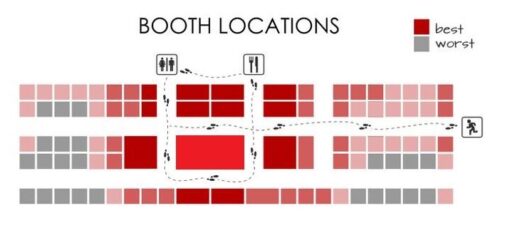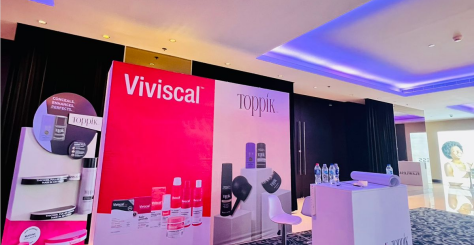How to Calculate the Return On Investment of a Trade Show?
Trade shows are a common and powerful marketing tool for businesses looking to showcase their products or services to a targeted audience. They offer a unique opportunity to connect with potential clients, network with industry peers, and generate leads. However, participating in trade shows can be costly, and it’s crucial for businesses to determine if their investment is paying off. This is where calculating the Return on Investment (ROI) of a trade show becomes essential. In this article, we will explore the steps and factors involved in calculating your trade show ROI.
- Define Your Objectives
Before you can calculate the ROI of a trade show, you need to establish clear and measurable objectives. These objectives should align with your overall marketing and business goals. Some common objectives for participating in a trade show include lead generation, brand awareness, product launches, and sales. By setting specific goals, you’ll have a clear roadmap for measuring the success of your trade show investment. - Calculate Costs
To calculate the ROI of a trade show, you need to account for all the expenses associated with your participation. These costs can be categorized into two main groups: pre-event and on-site costs.
a. Pre-event costs include booth rental, design and construction of the booth, promotional materials, travel expenses, and staff salaries.
b. On-site costs encompass additional expenses such as booth staffing, accommodation, and any last-minute expenses that may arise during the event. - Measure Return
The next step in calculating trade show ROI is to quantify the returns generated from the event. These returns may come in various forms:
a. Lead Generation: The number of new leads collected during the event is a tangible return on your investment. Be sure to differentiate between warm leads (more likely to convert) and cold leads (less likely to convert).
b. Sales: If your goal was to make direct sales at the trade show, track the revenue generated during or shortly after the event attributed to the show.
c. Brand Awareness: Measuring the increase in brand visibility, website traffic, or social media engagement following the trade show can be an indirect but valuable return. - Determine the Lifetime Value (LTV) of Customers
To accurately calculate ROI, it’s essential to estimate the long-term value of the leads or customers generated from the trade show. The LTV is the total revenue a customer is expected to generate over their entire relationship with your business. This value may vary based on the type of customer and your industry. - Calculate ROI
The formula for calculating the ROI of a trade show is:
ROI (%) = [(Return – Cost) / Cost] x 100
For example, if you spent $10,000 on a trade show and generated $20,000 in sales directly attributed to the event, your ROI would be:
ROI (%) = [($20,000 – $10,000) / $10,000] x 100 = 100%
A positive ROI indicates that your investment in the trade show was profitable, while a negative ROI suggests a loss. - Analyze and Adjust
After calculating your trade show ROI, it’s crucial to analyze the results and identify areas for improvement. Consider the following questions:
a. Which objectives were met, and which fell short?
b. Were there any unexpected costs that need to be accounted for in future calculations?
c. What strategies were most effective in generating returns?
d. Can you optimize your trade show approach to improve future ROI?
Tips for improving trade show ROI
To improve trade show ROI, try adopting effective strategies to reduce costs and increase benefits. Here are some tips for reducing the amount you need to invest to participate in a trade show:
Plan ahead to avoid last minute expenses
Choose less expensive alternatives for every aspect of your participation
Share costs with other companies or partners
Use less expensive technology
To improve results, set clear goals, train your staff, and offer special promotions to attract visitors to your booth.
It is also a good idea to design an attractive trade show booth with bright colors, attractive lighting and eye-catching visuals that attract visitors’ attention. Opting for an eco-friendly trade show booth will give an extra boost to your brand image.
Another way to promote your presence at an event is through effective social media trade show marketing and communication, before and during the show. A good communication strategy can help you generate leads before an event and interact effectively with visitors while it’s taking place. Finally, don’t forget to follow up with qualified leads and use information you collected to personalize your communications and guide prospects through the buying process.



